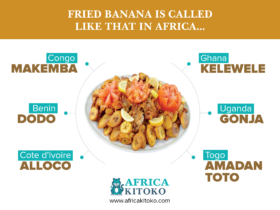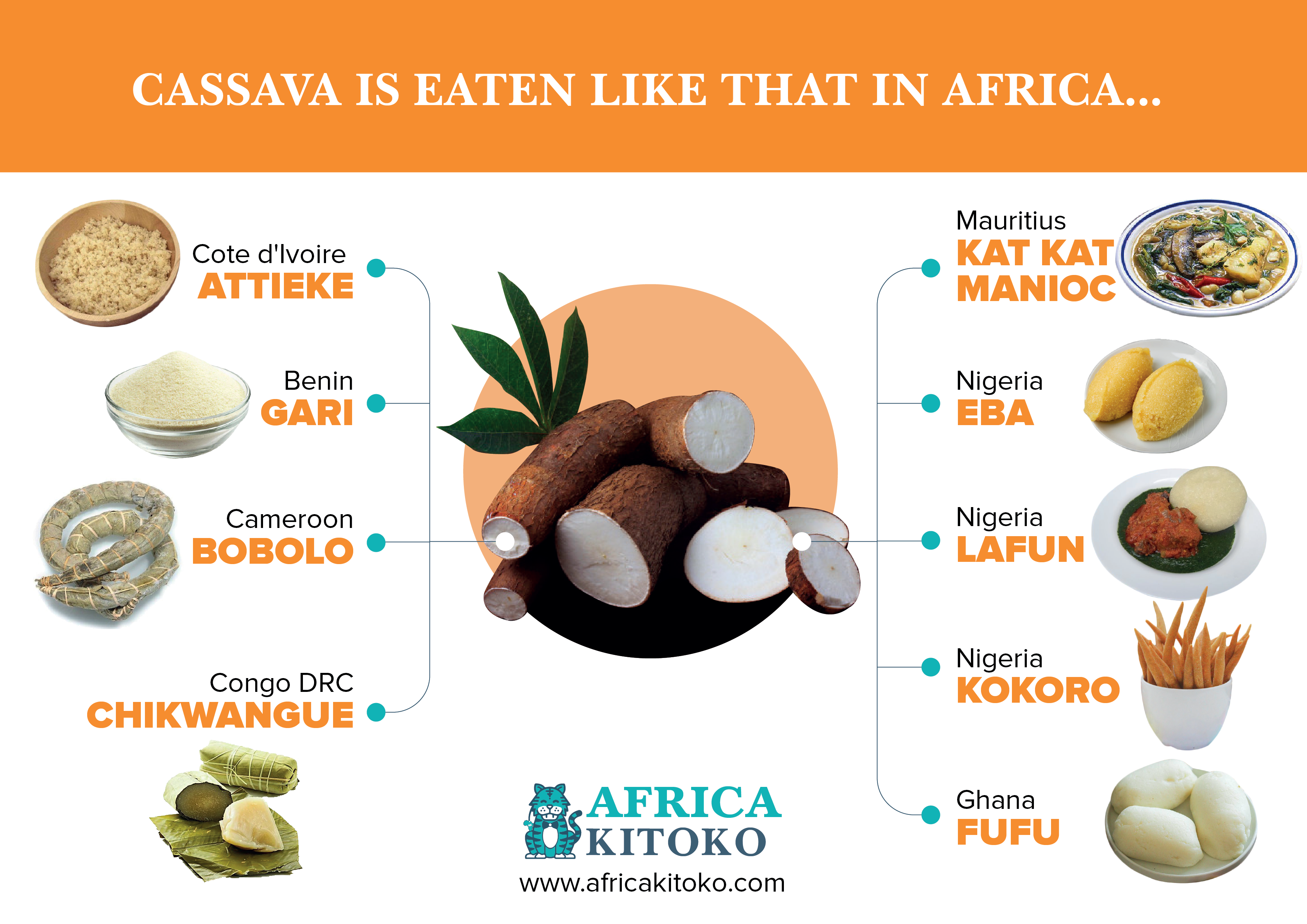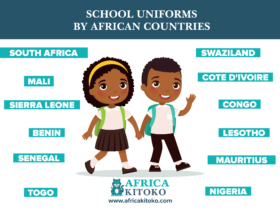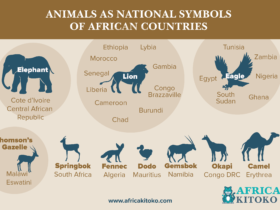
FASO DAN FANI (Burkina Faso)
It is a woven loincloth which, since Captain Thomas Sankara came to power in the mid-1980s, has been a symbol of patriotism in Burkina Faso.
KENTE or KITA (Ghana and Ivory Coast)
The word « Kente » means « basket » or « woven fabric » in the Akan dialect in Ghana. It is not an ordinary fabric and is easily recognizable worldwide; it comes from a mode of production called « strip weaving ». It is found both in Ghana and in Ivory Coast but it is today identified with the Akan people and more particularly with the Asante kingdom in Ghana.
BOGOLAN (Mali)
The bogolan is originally from Mali but is also made in Burkina Faso, Guinea, Côte d’Ivoire and Senegal. It is perpetuated by the traditions of the Sénoufo, Dogon, Malinké and Bambara ethnic groups. The term « bogolan » refers to both the fabric and the dyeing technique, and means « made with the ground » in bambara.
DASHIKI (Nigeria)
« Dashiki » is an expression borrowed from the West African term of Yoruba « danshiki » which refers to a short sleeveless tunic worn by men. The Yorubas have borrowed the word from the Hausas « dan ciki » (literally « below »), which refers to a short tunic worn by men under larger boubous. Although the dashiki is African-inspired, the symbolism attached to them is actually rooted in the United States. The dashiki first appeared on the American fashion scene in the 1960s when it was adopted by the black pride and white counterculture movements.
NDOP (Cameroon)
Ndop is a traditional and ritual stuff of the Bamileke people in West Cameroon. It is worn during mourning, to decorate funeral places, it is also used to make the costumes of the king, notables, traditional Bamiléké dignitaries and members of secret societies. It even serves to cover the remains of the king or the notables during their burial.
BAZIN (Mali)
The cotton-based African bazin is dyed by hand to become a damask fabric characterized by stiffness and a brilliant shine. From white cotton, the dyeing technique makes it possible to form various patterns on the starched textile. The bazin makes it possible to sew clothes embellished with embroidery and topstitching. The bazin is also used in interior decoration for the production of curtains or table linen. The bazin is the subject of a flourishing trade in Africa.
TOGHU (Cameroon)
Toghu is a fabric from Cameroon (North-West), it is made with black velvet on which are embroidered by hand patterns and decorations of different shapes (star, square, rhombus, circles …) with yellow, red thread and white. It is generally displayed at weddings, official customary ceremonies, festivals and others.
LEPI (Guinea Conakry)
The leopard otherwise known as the indigo loincloth is one of the traditional loincloths of Guinea belonging to the region of Middle Guinea (Foutah), one of the natural regions of the country. The indigo from Guinea is a very light piece of woven cotton fabric. It is made with forest materials such as tree bark, vegetable plants to make dye.
THE SACRED FOREST (Guinea Conakry)
« Sacred Forest » is a dyeing technique based on bark and kola nut decoctions. It is practiced in Guinea Forestière and in 2 stages, first the base dyeing of the fabric then its decoration with prints always black made by means of tampon.
SAMAKAKA (Angola)
Samakaka or Samacaca is based on symbols of a tribe called Mumuila, located in the south of Angola. Mumuilas do not normally wear clothes, they use clothes with bright colors and lots of symbols to cover the private parts. In terms of color, the Samakaka print presents all the colors of the Angolan flag, which are: the black which represents the African continent, the red due to the blood shed by the lost and living lives of those who fought for the anti movement – colonization and yellow symbol the wealth of the country.









Leave a Reply
View Comments